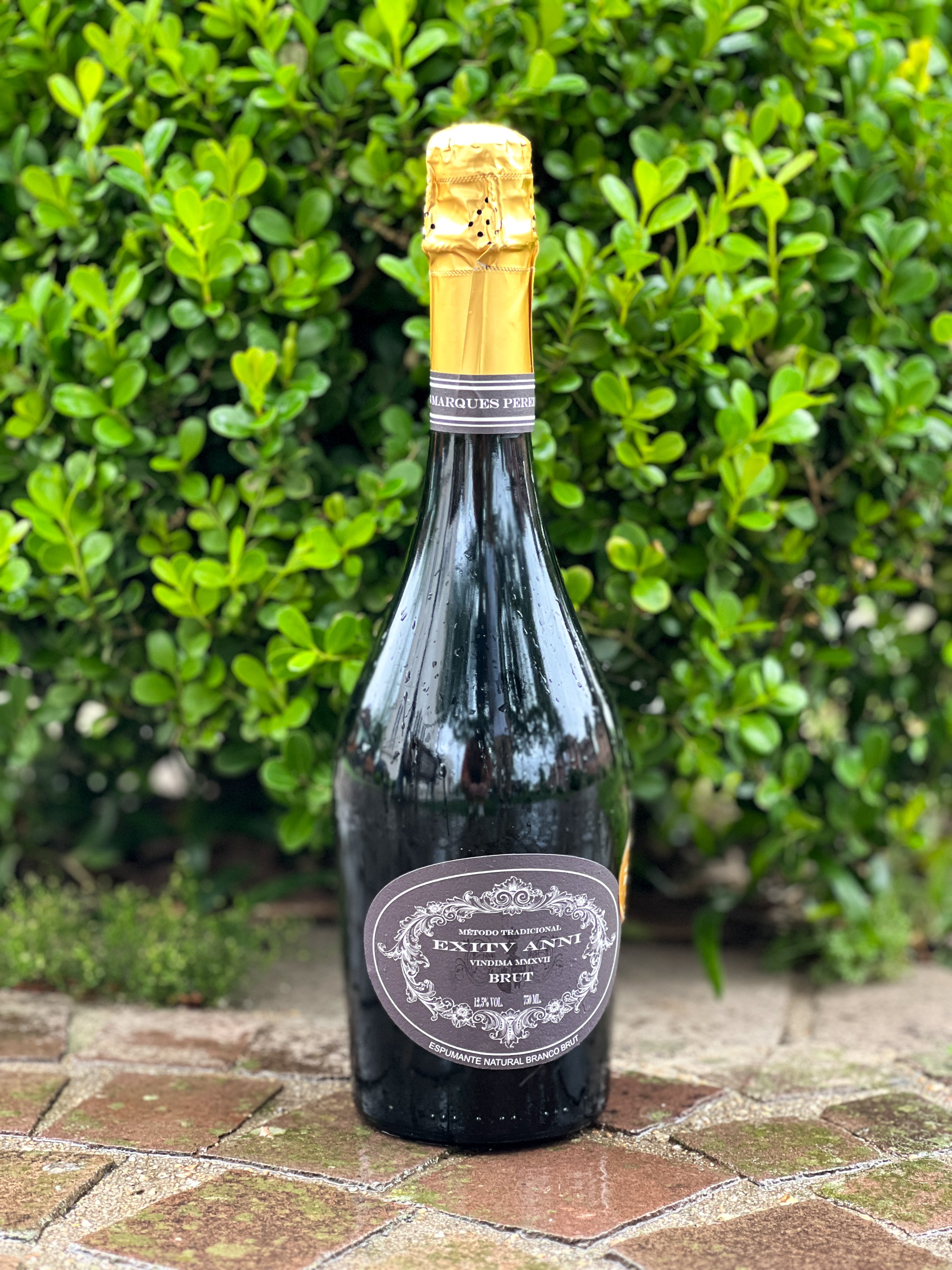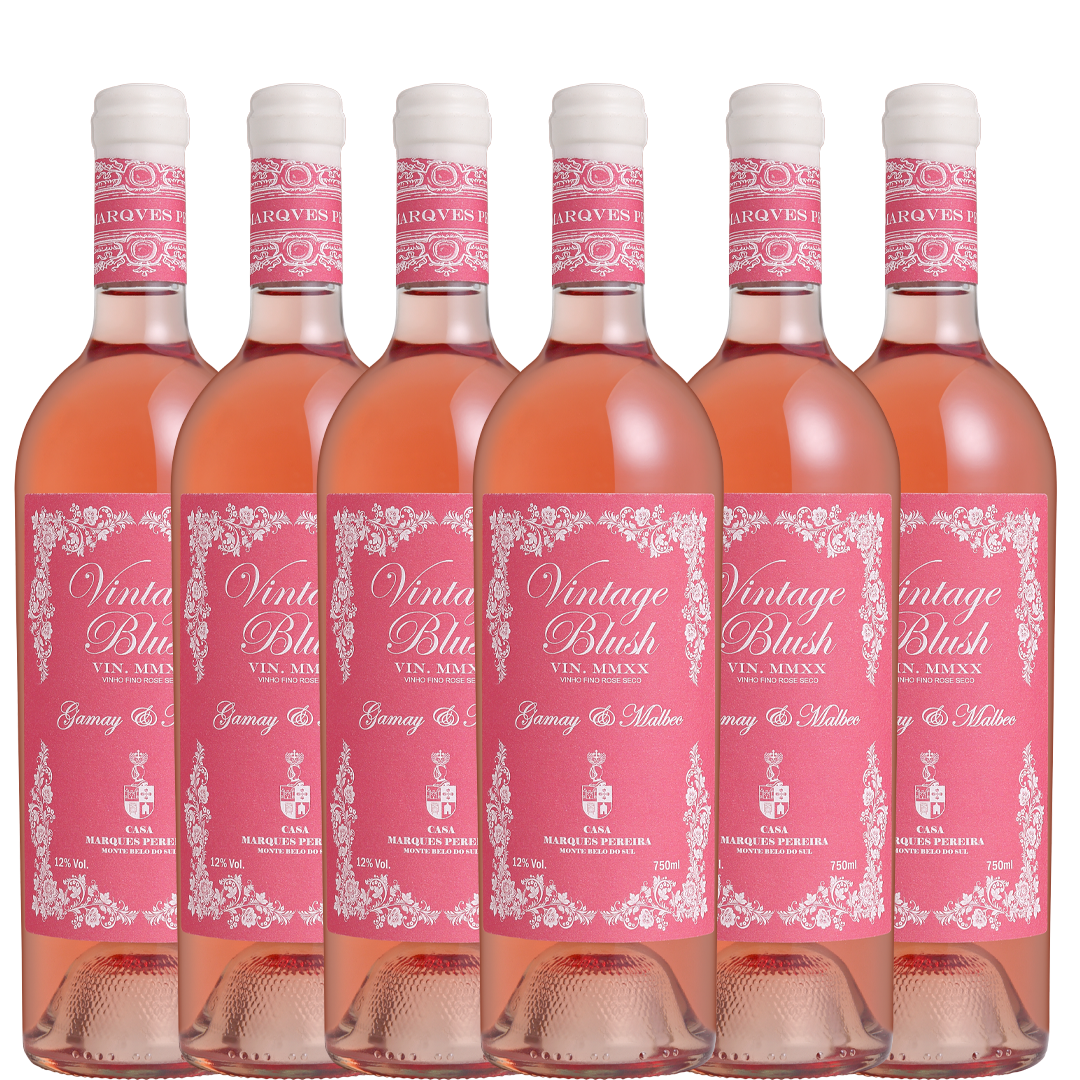Get to Know Your Wine: Malbec
From its dominance in its royal birthplace to near extinction and its resurgence in distant lands. Learn more about this extraordinary wine made from a grape that refused to disappear.
In a world of very powerful and popular red grapes, finding space to grow is no easy task. Consider this: competing for square meters of century-old vineyards in the most prestigious European valleys with varieties like Merlot, Cabernet Sauvignon and Franc, Pinot Noir, and so many others is anything but inviting. It takes a great deal of quality and resilience to face this scenario without perishing, even more so when we consider that this challenge is not even close to being the worst that the elegant Malbec has faced in its quest for (literally) a place in the sun.
This deep-colored, richly tanned grape has a thick skin, indicating its potential for producing wines rich in structure and complexity. It typically requires more hours of sun and heat to reach its ideal ripeness than its close relatives, such as Merlot. Due to its color and body characteristics, Malbec has gained popularity as a blending variety with other high-potential red grapes, especially Cabernet Sauvignon, Merlot, and Tannat, with its products even earning the nickname "Black Wine" ( Vin Noir) precisely because of their intense hues.
Malbec grapes have the potential for high yields in kilograms per plant, but they also require a lot of care because they are susceptible to certain vine diseases. Due to this characteristic, winegrowers prefer to keep production lower and the plant stronger and more resilient. A curious fact is that many hectares of Malbec, especially in its region of origin, are planted in a very peculiar system called Gobelet , very different from what we find in the New World, where the vine grows like a small shrub, without support or trellises.
This red grape with robust tannins was widely cultivated throughout eastern France. From the Loire Valley in the north, through Bordeaux, where it is still one of the six varieties permitted in the traditional Bordeaux blend, to the Southwest region ( Sud Ouest) where it is of great importance, its use being mandatory in at least 70% of the minimum content of blends in the Cahors region. In this locality, Malbec is known as Côt or Côt Noir , but it has several other names throughout France, or rather, "several" may not fully express the number of synonyms, since the famous ampelographer Pierre Galett recorded more than 1000 names for this ancient variety.
This long list of names for the same grape illustrates its long connection to France, while also potentially confusing researchers in their search for its lineage. Only in 2009 did studies reveal that Malbec is the result of a spontaneous cross between the Prunelard variety, an ancestral southern grape practically extinct due to the phylloxera plague in the 19th century, and the recently discovered Magdeleine Noire des Charentes, which, interestingly, is also the "mother" of Merlot. This kinship between such closely related varieties may have contributed to its susceptibility to certain diseases and harsh weather conditions, and almost led to its extinction.
The Fall and Rebirth in the New World
In the early 1950s, Malbec was already vying for importance in vineyards with its powerful red grape varieties, but the worst blow was yet to come. In April 1956, a historic frost, remembered to this day, destroyed large stretches of vineyards in a single night, decimating thousands of Malbec vines that were subsequently replaced by other, more resistant varieties.
What seemed like the end of the line was just the beginning of a new chapter. Even though it had lost ground in some regions of France, its exceptional characteristics of color, aroma, and structure were already conquering other producing regions, especially in the New World, with warmer climates and high-altitude regions where Malbec was re-emerging even more impressively.
Although cultivated in South Africa, the USA, Canada, and even Australia, it was in South America that it found a new and much more suitable home. Probably introduced in Chile, it was thanks to the work of agronomist Michel Pouget that, at the request of the President of Argentina Domingo Sarmiento on April 17, 1853, the variety arrived in our neighboring country and gradually gained prestige and more cultivation areas. Later, this day would be established as World Malbec Day, celebrated to this day.
Notes and Harmonization
With the arrival of Malbec in South America and our warmer climate (with a wider temperature range – hotter days and cooler nights), its wines possess unique characteristics that differ from the simpler style of the northern hemisphere. South American examples are very intense and have more pronounced aspects, transforming this grape, previously seen as a blending grape, into a powerhouse as a varietal.
General Characteristics: Wines made with Malbec have moderate acidity with pronounced yet very ripe tannins , and can reach an alcohol content between 12 and 14% . Their elegant tannins are enhanced by generous aging in oak barrels, preferably French, for 8 to 12 months . It can be produced to be consumed younger or aged in the bottle for 8 or 12 years .
Notes and Service: Malbec wines have a very typical color, with an intense and deep ruby hue and violet reflections . They possess aromas of violet, black pepper, and dark fruits such as plum and blackberries , but the aromas of barrel aging stand out, very harmonious with notes of coffee, vanilla, and tobacco. On the palate, soft tannins and excellent volume dominate. It should be served in glasses with a larger bowl and at temperatures of 16 to 18°C . It can greatly benefit from 30 to 60 minutes of decanting .
Pairing: Malbec wines, especially the more intense ones like Casa Marques Pereira Reserva, pair very well with cuts of red meat and poultry. Very versatile, it can accompany dishes with rich sauces and even a certain spiciness . For vegetarians, it can make a great pairing with goat cheese, mushrooms, and grilled vegetables .















